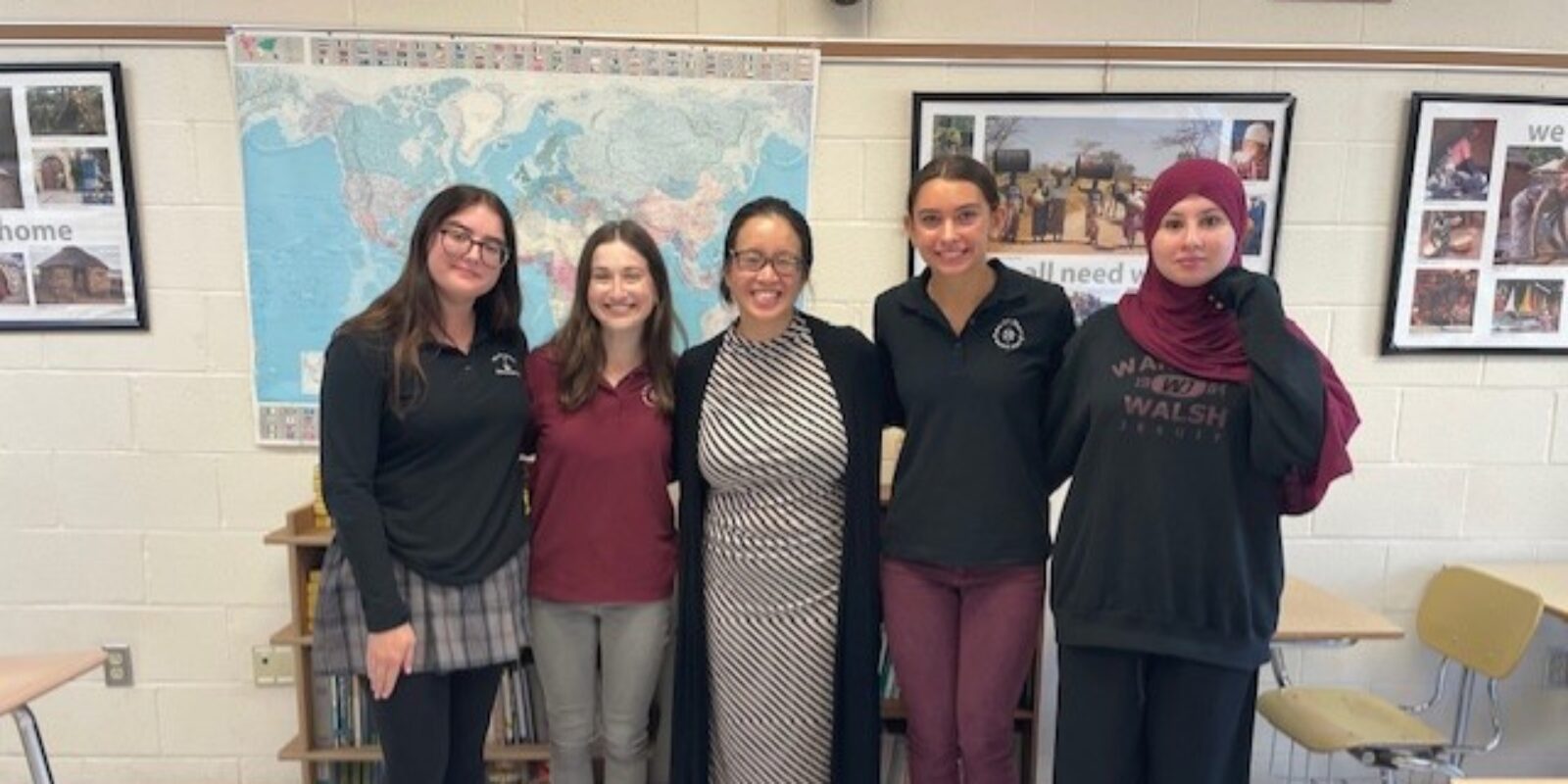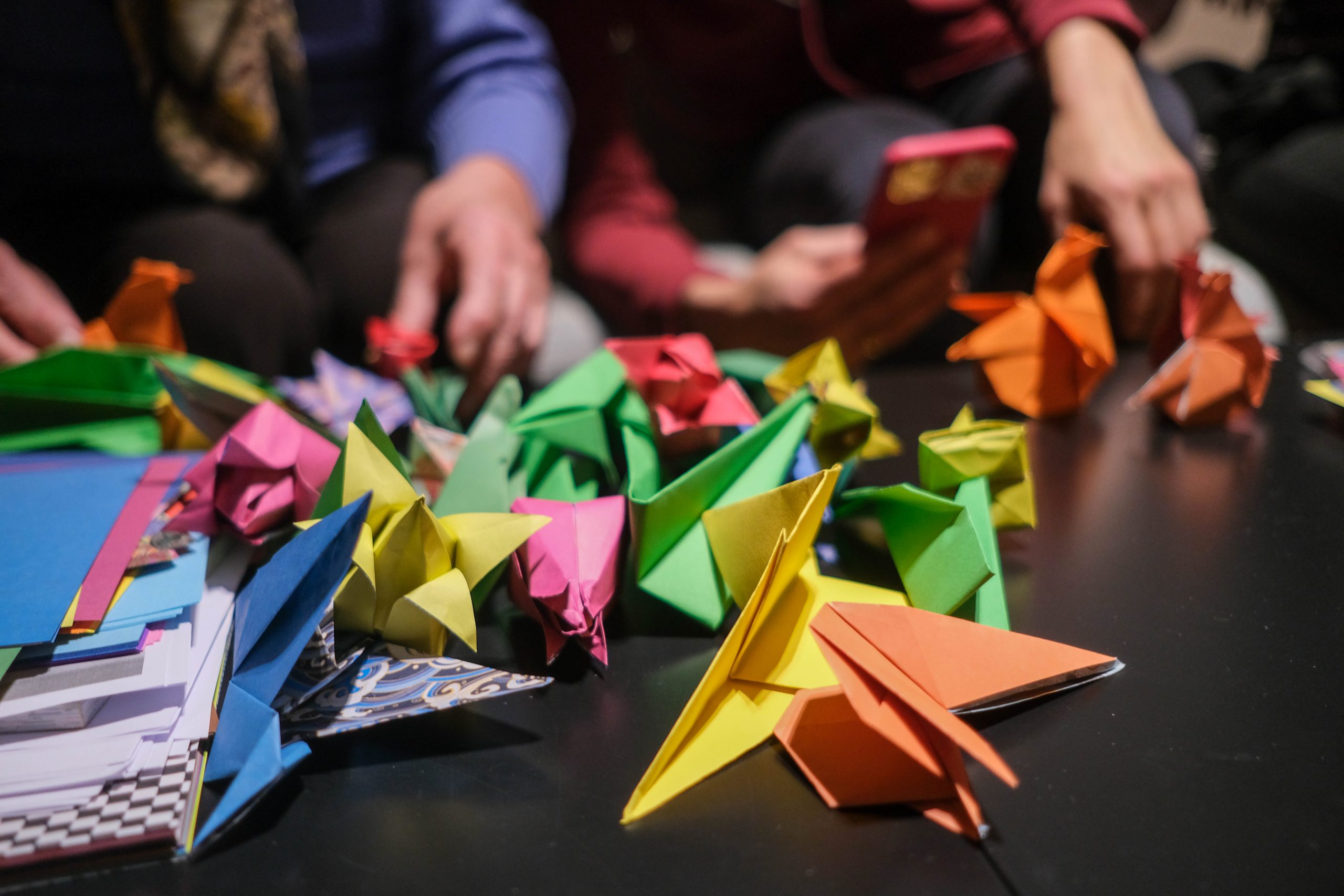JRS/Mexico: Art therapy in migrant shelter creates a safe space
11 July 2023|Chloe Gunther
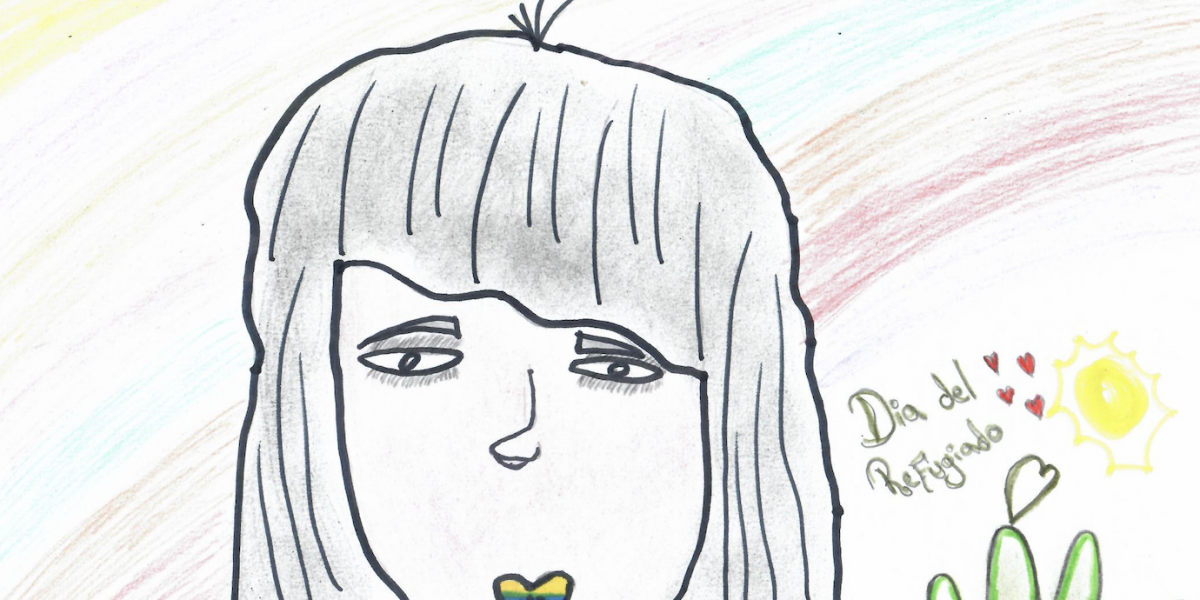
At a migrant shelter in Ciudad Juárez, Domestic Programs Director, Maria Sajquim de Torres, and her mental health and psychosocial support (MHPSS) team facilitated an art therapy activity to help create a safe space for open and vulnerable conversations.
The art therapy project helped participants navigate their own stories of forced displacement. Since it was World Refugee Day, they discussed what that word “refugee” meant. But, as they talked with one another, Maria and her team realized something: the people in the shelter did not know that they could be considered refugees.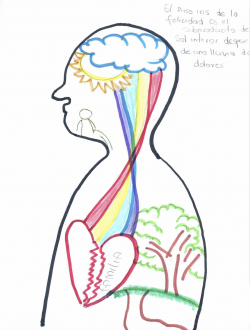
Art therapy fosters self-expression through various, creative, multi-media outlets such as drawing, painting, and sculpting. At the shelter, for those who wanted to participate, Torres led a self-portrait exercise. They drew their faces with scenes, phrases, and items around their heads.
This exercise encouraged deep reflection on everything from their childhoods to personal push factors, from challenges endured while to what the future might hold.
“They are survivors.” Maria said. Several of the people at the shelter did not feel comfortable sharing their stories out loud. “Traumatic events can be too much to process,” let alone verbalize to others, especially when safety and security are involved.
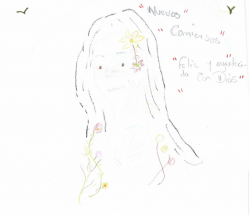 One woman drew a picture of herself with phrases such as “new beginnings” and “grateful to God” crowning her head. Torres explained that this woman’s husband had been kidnapped when they were forced to flee. Fortunately, he was released and reunited with her at the shelter, and she feels a renewed sense of hope.
One woman drew a picture of herself with phrases such as “new beginnings” and “grateful to God” crowning her head. Torres explained that this woman’s husband had been kidnapped when they were forced to flee. Fortunately, he was released and reunited with her at the shelter, and she feels a renewed sense of hope.
Her husband also created his own self-portrait but instead of phrases surrounding his face, he drew a house with a yard and garden, a representation of a normal life he envisions.
“That is all he wants now,” Maria said.
Within the self-portrait activity, Maria and her team facilitated a conversation about what it means to be a refugee. She tried to dismantle some of the common misconceptions that folks in the shelter had about what qualifies someone to have refugee status.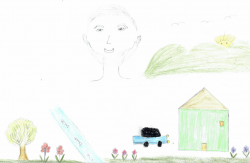
“The word refugee has a sort of connotation that they do not identify with,” she said.
Because so much media attention focuses on refugees who are fleeing countries overseas, the people at the shelter didn’t realize this could include them as well. The factors that force people to flee their homes overseas, like violence, conflict, climate change, and persecution, are the same reasons people are fleeing their homes in Central and South America.
She said that putting language to their experience helps people in the shelter process what they have been through.
Each forcibly displaced person has their own unique story of challenge and resilience. The art therapy exercise fostered a space for the group to better understand their emotions, communicate their stories, and create a path towards healing.
To learn more about JRS programs at the US southern border, visit this page, and consider making a gift today to help us continue vital, lifesaving programs for migrants.

